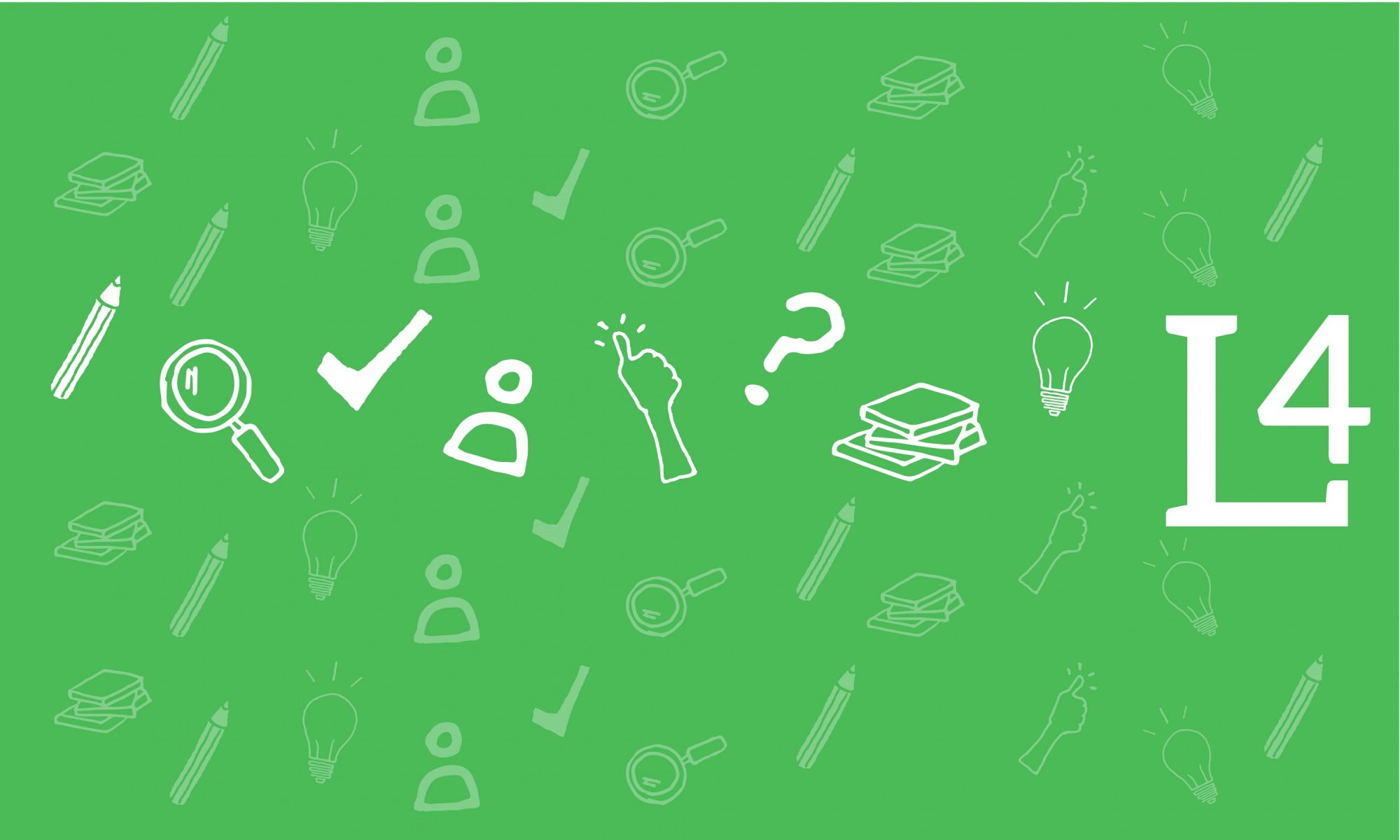A Museum of Culture/ Assignment 1A: Museum Research
Jieun Yang
Architectural Technology
ARCH 2412/ Architectural Design IV
Activity Description: Provide a brief description of the activity
Part A: Understanding “What is a Museum”
Each student will read articles and/or watch videos focused on Museum design. Additionally, each student will visit a Museum in New York City, document it through photography and sketching, and answer a series of questions to catalog their observations.
A. Learn:
– Read Chapter 01: The History and Theory of the Museum Building from the book Museum Buildings: Construction and Design Manual By Christian Schittich. (see Blackboard)
– Choose one short article (see Blackboard)
– Choose one video or podcast from the below list:
– John Oliver's Last Week Tonight episode on Museums
– Freakonomics Podcast "Stealing Art is Easy. Giving It Back is Hard."
– Deliverables: For each, write a short summary and outline a series of five bullet points identifying the most meaningful takeaways. Be prepared to discuss this in class.
B. Experience:
– Visit a museum in New York from the list provided in class.
– Document your visit through photography, sketching, and diagramming.
– Consider the following questions during your visit:
a. Who are museum users? Consider both visitors and staff. How do they use and move through the museum differently?
b. How does the entry sequence work? How visible is the museum entrance from the street? What is the first thing you see and do when you enter the museum? How do you orient yourself?
c. How are the entry and exhibition spaces arranged? In a linear sequence, clustered, or arranged around a central space? Does the visitor travel from space to space directly or are there areas devoted to circulation?
d. What is displayed in the museum? How is the art/information displayed? How many different types of exhibition areas are there and how are they the same or different?
e. How many people were in the exhibition area while you were there? Was the space crowded? Approximately, what is the area of the exhibition space? What were its proportions? How tall are the ceilings? How far away did the visitors need to stand to view or interact with the works?
f. What were the lighting conditions like? Were there windows or skylights in exhibition rooms? If yes, how were they considered in the placement of the works?
g. Were the exhibition spaces ornate or simple? How does the architecture relate to the content, is there a consistency or a contrast between the two?
Deliverables: One 11×17 sheet, beautifully and thoughtfully layout of document your museum visit and observations, to Include:
– Name and location of the Museum you visited.
– Photographs, Diagrams, and sketches
– Question responses
Learning Goals: What do you aim to achieve with this activity?
The assignment focuses on how to think critically about Museum Design and develop an understanding of this building typology.
The assignment prepares students for Part B: Topic Research and Concept Development, where each student selects a research topic, reads articles, and documents important information related to that topic to develop an overall theme for their proposed museum and develop their concept.
The assignment asks the students to meet the following objectives:
– Ability to research, gather, and study information to gain an understanding of a building typology.
– Ability to research, gather, and study information to derive an informed project concept.
– Communicate ideas and information both verbally, graphically, and through writing. (Gen Ed)
Timing: At what point in the lesson or semester do you use this activity? How much classroom time do you devote to it? How much out-of-class time is expected?
This is the first assignment in the semester. During the first class, we watch a museum scene clip from Black Panther, discuss the topic of repatriation through current news articles, read one of the assigned readings together, and share student reflections in class.
The students are then asked to complete the rest of the homework assignments outside class time. They present their completed assignments in the second class for peer discussion and feedback.
Logistics: What preparation is needed for this activity? What instructions do you give students? Is the activity low-stakes, high-stakes, or something else?
See the note under Timing for the preparation and instructions on this assignment.
This is a low-stakes assignment designed to be used as an icebreaker and to prepare students for the critical thinking, analysis, and documentation required for the upcoming assignments.
Assessment: How do you assess this activity? What assessment measures do you use? Do you use a VALUE rubric? If not, how did you develop your rubric? Is your course part of the college-wide general education assessment initiative?
The assignment is assessed on the following rubric, incorporating some of the gen-ed assessment categories.
1. Ability to research, gather, and study information to derive an informed project concept (35%)
2. Ability to translate concepts into graphic visual and physical representations (40%)
3. Communicate ideas and information both verbally and through writing (10%)
4. Assignment requirements and deliverables were met (10%)
5. On-time completion (5%)
Reflection: How well did this activity work in your classroom? Would you repeat it? Why or why not? What challenges did you encounter, and how did you address them? What, if anything, would you change? What did students seem to enjoy about the activity?
The assignment helped students think deeply about the role of a museum, its historical conception, and how it may have led to problematic pasts (such as stolen cultural objects). It also set up a discussion on how we can reimagine a museum. Students engaged in lively debates with a wide range of viewpoints. We plan to repeat this assignment/ activity in the upcoming semester.
Students enjoyed different media forms (videos and podcasts) and did not rely solely on reading. Most readings are short articles, which makes the materials accessible to the students.
I want to try the missing links method by assigning specific readings to students, having different article readers come together to teach others through summarizing their lesson, and reporting their summaries to the whole class as a group.
Additional Information: Please share any additional comments and further documentation of the activity – e.g. assignment instructions, rubrics, examples of student work, etc. These can be links to pages or posts on the OpenLab.
Student Examples on Dropbox:
https://www.dropbox.com/scl/fi/n9xxp95mpi9gmzct7y1oy/ARCH2412_Assignment-1_Examples.pdf?rlkey=yikae381871d7dwmk7vy7qjkd&dl=0
Please share a helpful link to a pages or post on the OpenLab



